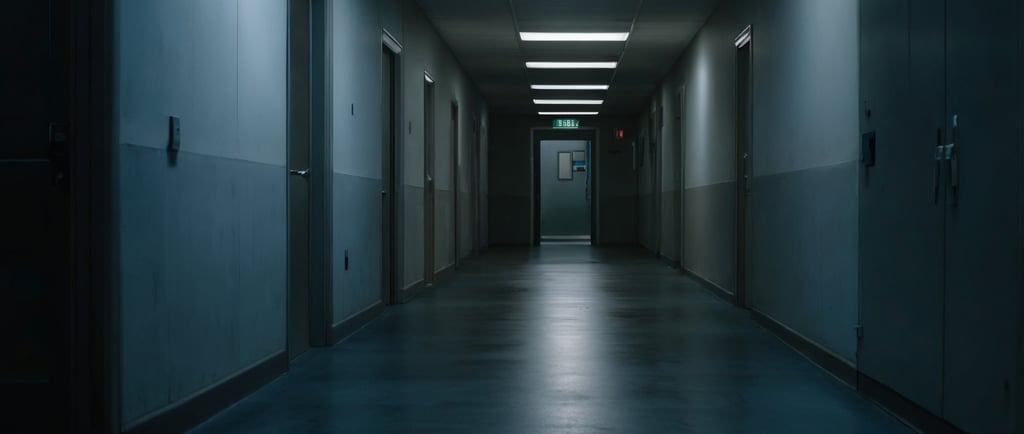Why Silence Isn’t Always Peaceful
Why silence can trigger anxiety instead of calm — and how brown noise helps your brain relax by creating safe, steady sound for better sleep.


When Quiet Feels Too Loud
People talk about silence like it’s sacred. The cure for everything.
They say “Just turn everything off and relax.”
But for some of us, silence isn’t peace — it’s pressure.
It’s the sound of your brain waking up when everything else goes still.
When I first tried to sleep in total quiet, I thought my mind would finally slow down.
Instead, it did the opposite. Every small sound — the fridge, the floor, my own pulse — got louder. The silence wasn’t calming. It was a blank page my thoughts couldn’t stop writing on.
The Science Behind the Noise
There’s actually a reason for that.
Our brains aren’t built for perfect quiet. Complete silence removes the background cues we use to feel safe. When you can’t hear the world around you, your mind starts filling in the blanks — and that’s where the overthinking begins.
Psychologists call it “the sensory gap.”
It’s the same reason people hear imaginary sounds in soundproof rooms after a few minutes.
Without noise, your brain gets anxious. It expects input. It scans for it.
That’s where brown noise comes in — the opposite of silence, but in a good way.
What Brown Noise Actually Is
If white noise is a hiss, brown noise is a hum.
It’s deeper, heavier, and closer to the natural sound frequencies we hear every day — air conditioning, rainfall, the low rumble of distant traffic.
Brown noise works because it fills the silence without demanding attention.
It masks sudden sounds and gives your brain something steady to rest on.
That steadiness creates a sense of safety, which lets your body relax enough to drift into sleep.
It’s not spiritual. It’s not new age. It’s practical neuroscience — the kind you can feel working in real time.
Why I Built Night Anxiety Sleep
I didn’t start this website because I love noise. I started it because I hated silence.
Years ago, when I was editing late at night, the hum of the HVAC system in my office was the only thing that kept my thoughts from spiraling.
So I recorded it.
I looped it.
And I slept through the night for the first time in months.
That recording turned into a three-hour brown noise track — the same one that started this entire project.
It’s the sound of real air moving through real space — not synthetic white noise, not static. Just the kind of background your brain recognizes as safe.
Now, Night Anxiety Sleep exists for anyone else who can’t rest in silence — the people who find comfort in the hum of lights, the steady fan, the faint noise of a world that never really sleeps.
Fear, Calm, and My Other World
When I’m not building sleep soundscapes, I create horror videos for my YouTube channel CreepyMuse.
At first, those two projects seemed completely opposite — one to calm people down, the other to scare them.
But they both explore the same thing: how sound makes us feel.
In horror, the right sound builds tension. In sleep, the right sound releases it.
It’s the same psychological trigger, just used in reverse.
I love both — because they both start with silence and end with emotion.
When Silence Isn’t the Goal
If silence has never felt safe to you, that’s okay.
You’re not broken. You’re just tuned differently.
Some people need quiet to sleep.
Others — people like me — need something constant, something steady, to keep their minds anchored.
Brown noise, HVAC hums, fluorescent buzz — they’re all small reminders that the world is still turning while you rest.
And maybe that’s the point.
Not escaping the noise, but finding the kind that lets you breathe inside it.
Try the Track
If you’ve never tried sleeping with brown noise before, start here:
Listen to the 3-Hour Office Brown Noise Track on YouTube →
It’s steady, real, and built exactly for nights like the one you’re probably having right now.
